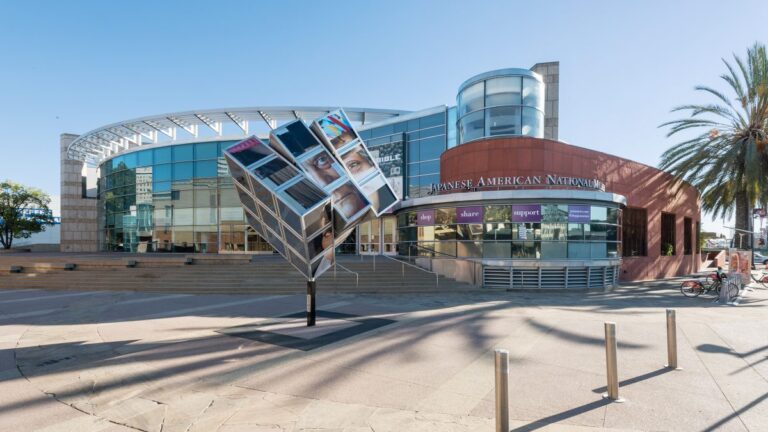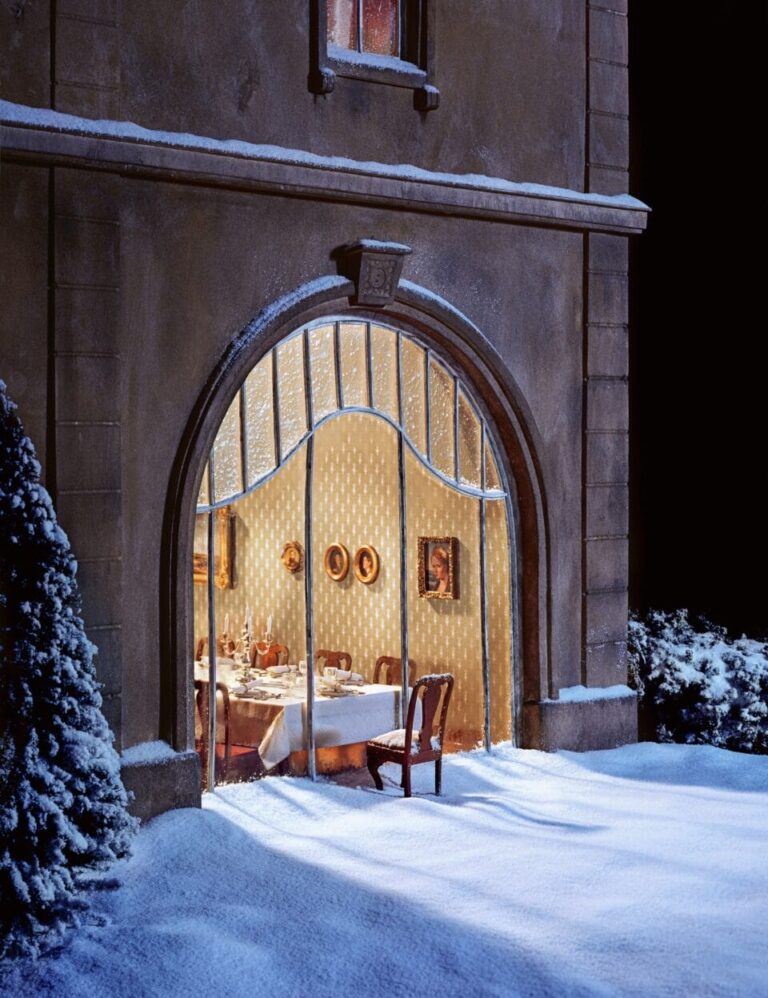Is embracing nature the key to a more fire-resilient Los Angeles? These landscape architects think so
‘We are living in a new reality of extremes,’ said California governor Gavin Newsom in a press release that accompanied a February executive order issued after the Eaton and Pacific Palisades fires that destroyed homes, businesses, and neighbourhoods across Los Angeles.
The order, designed to harden communities against urban wildfires, introduced a statewide adoption of a ‘Zone 0’ approach around structures in fire-prone areas. It also updated the state’s Fire Hazard Severity Zone maps, which increased the amount of land considered at high or very high fire risk by 1.4 million acres. While homes at the periphery of open wilderness – perched on hillsides, nestled in canyons – were always in peril, the January fires and these new designations underscore that suburban-seeming neighbourhoods must also adapt.
The LA fires of January 2025 affected human life, architecture icons, everyday homes and businesses – as well as the Los Angeles landscape and nature
(Image credit: Getty Images)
How to help Los Angeles landscape and nature restore after the 2025 fires?
On paper, Zone 0 fortifies California’s climate resilience by leaning into to defensive space around high-risk structures. In practice, it creates a 5-foot ’ember-resistant’ buffer—a kind of gravel or concrete dead zone devoid of trees, shrubs and flowering plants. For some in the landscape architecture community, this blanket solution fails to address the complexities of living within an urban-wildland interface.
‘A clear zone is shortsighted,’ says architect and landscape architect Greg Kochanowski, principal of the Pasadena-based firm Practice. ‘It shows a lack of understanding that vegetation properly watered, with healthy, hydrated soil with microbes and everything in it, is not typically flammable.’
His perspective is both personal and professional. After the Woolsey Fire destroyed his home in 2018, he threw himself into researching fire-adaptive landscapes, collecting his findings in the book The Wild. He stresses that the fallout from the Zone 0 regulations is that the added hardscape potentially leads increasing heat island effect, making cities and neighbourhoods hotter with less shade.
Arid, rocky landscapes might work for more desert places like Arizona, but LA, despite the misconception, is not a desert. It’s a Coastal Sage Chaparral ecosystem. Although vulnerable in dry seasons, fire is a natural phenomenon, and many shrubs and plants regenerate after burns. As clean-up happens in Altadena and the Pacific Palisades neighbourhoods, native landscapes in the San Gabriel and Santa Monica Mountains are going through their own rebirth.
‘There are ways to bring lessons from forestry and Indigenous culture to craft a holistic vision, and then working through the nuances along each of the different city edges, because it’s not all the same, the ecology changes over the course of the foothills,’ says Kochanowski.
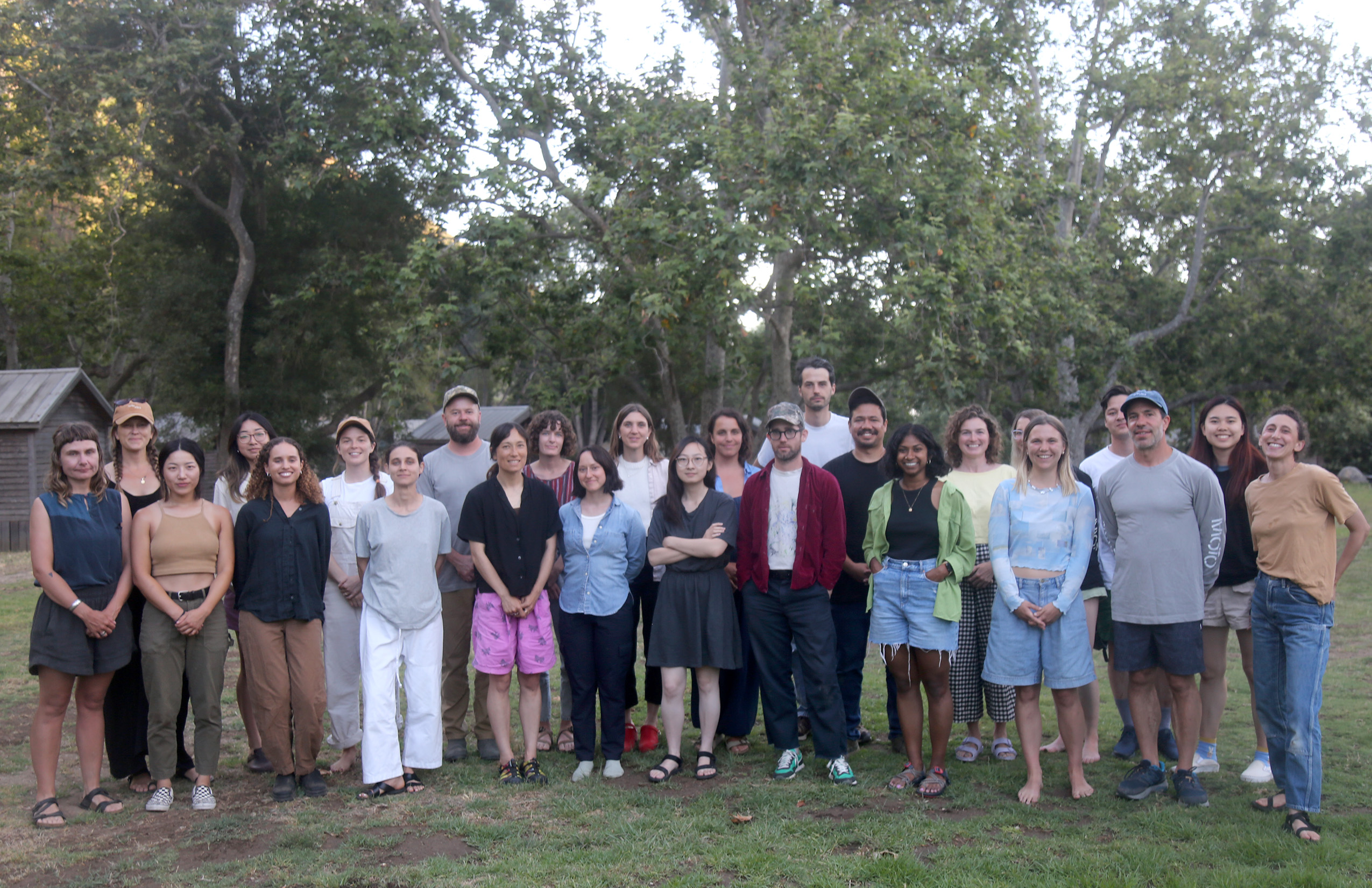
(Image credit: Terremoto)
In response to the recent fires, landscape studio Terremoto issued a set of guiding principles, which oppose any single short-term solution and the stripping away of vegetation.
‘We believe that a meaningful response to wildfires will consider human resilience as in alignment with soil, vegetal, and structural resiliencies,’ reads one point. ‘We intend to support long-term solutions which leave space for emotional, spiritual and psychological care within an environmentally indeterminate future.’
Danielle VonLehe, a landscape designer at Terremoto, evacuated during the Eaton Fire. Her home was spared, but parts of her neighbourhood were devastated. She’s been thinking about disaster plans for gardens—regenerative ‘shrubscapes’ that can be quickly cut back or sculptural features that might convert to mitigation systems in an emergency with the addition of a hose or sprinkler. The office is also considering ways in which gardens could help with long-term remediation of the soil. Since toxins and heavy metals remain even after FEMA scrapes away debris.
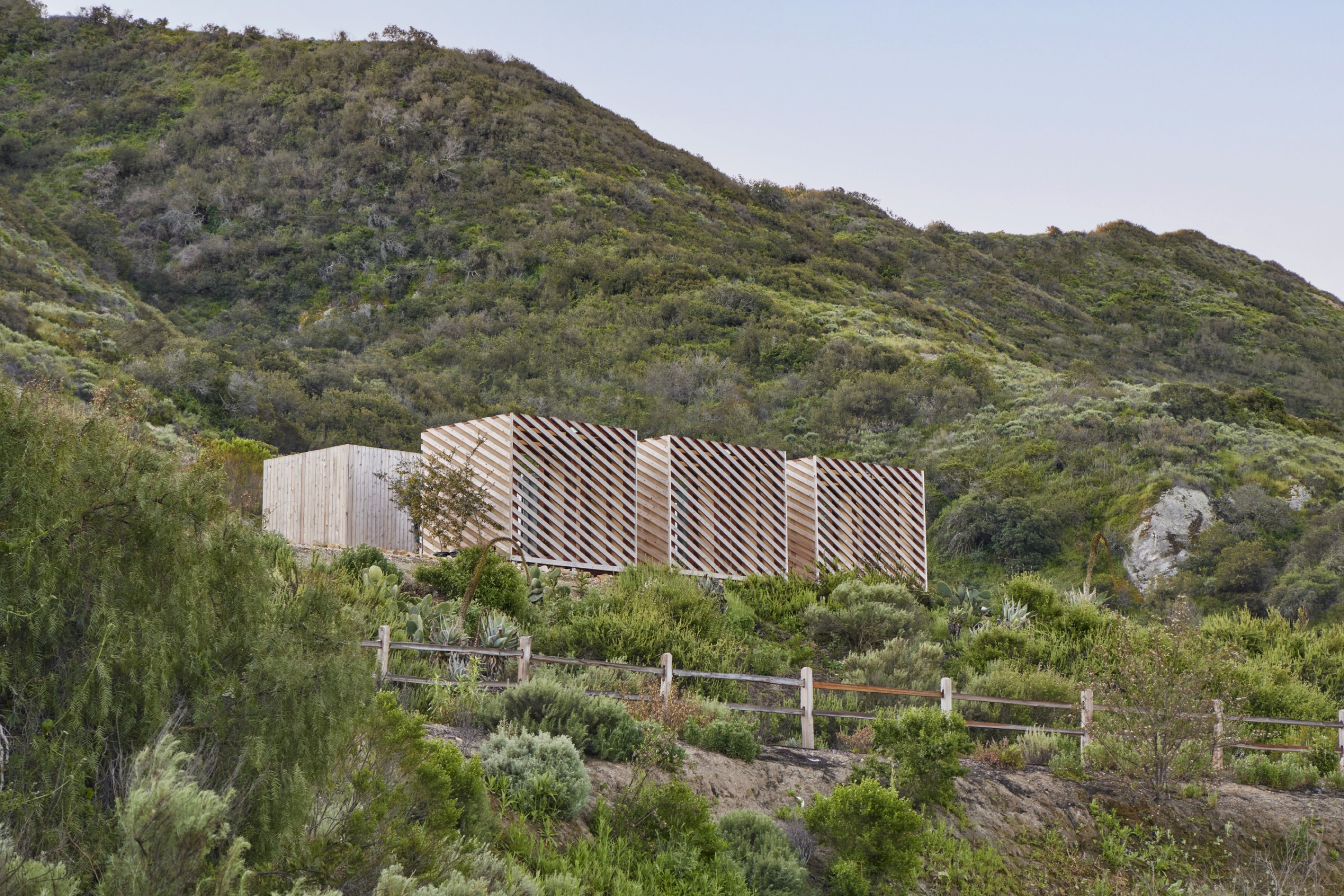
Laguna Canyon Foundation by Terremoto
(Image credit: Terremotto)
Their thoughts are also on larger structural issues: access to water and repairing the land, and mitigating soil erosion with native species.
‘We’re all taking it one step at a time, but I’m looking forward to the fall and winter this year when nature—hopefully—gifts us with conditions that will continue to nurture the landscape back,’ says VonLehe.
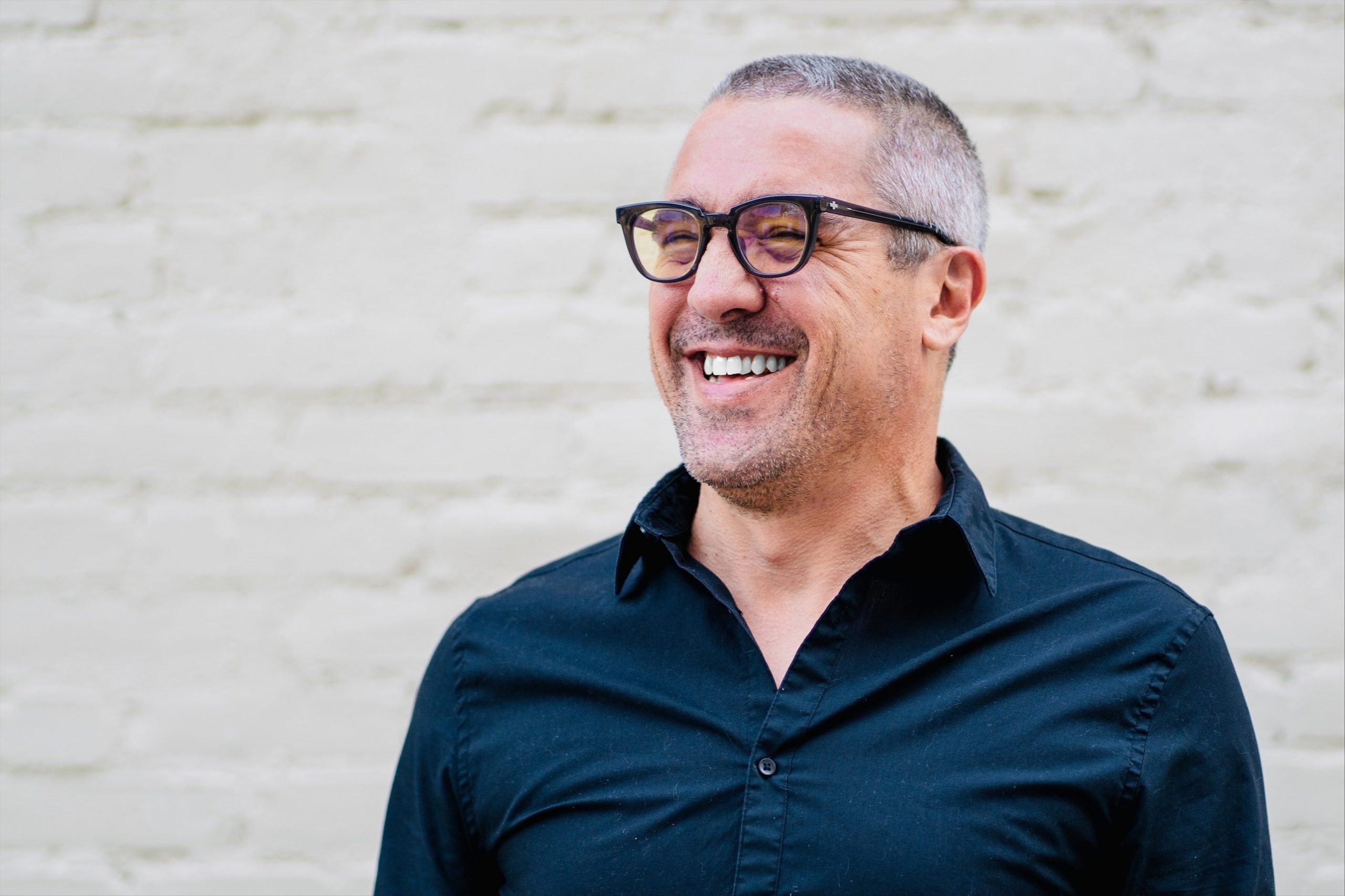
(Image credit: Greg Kochanowski)
After eight years of carefully cultivating their garden, Matthew Burrows and Heather Praun, owners of the Plant Material, lost both their home and the nursery’s Altadena outpost in the fires. A converted service station, their shop was a local hub filled with California natives, bags of mulch, and terracotta pots. For Burrows and Praun, it’s been difficult to bounce back quickly, but they are committed to helping their community. Currently, they’re apply for grants to help their neighbours cultivate future gardens.
Says Burrows, ‘I’m less interested in a dogmatic approach to telling my neighbours what they should be doing, rather finding ways to get them access to what they need.’
terremoto.la
Plant Material
the-wild.org
🔗 Source: Original Source
📅 Published on: 2025-06-07 17:00:00
🖋️ Author: – An expert in architectural innovation and design trends.
For more inspiring articles and insights, explore our Art Article Archive.
Note: This article was reviewed and edited by the archot editorial team to ensure accuracy and quality.




